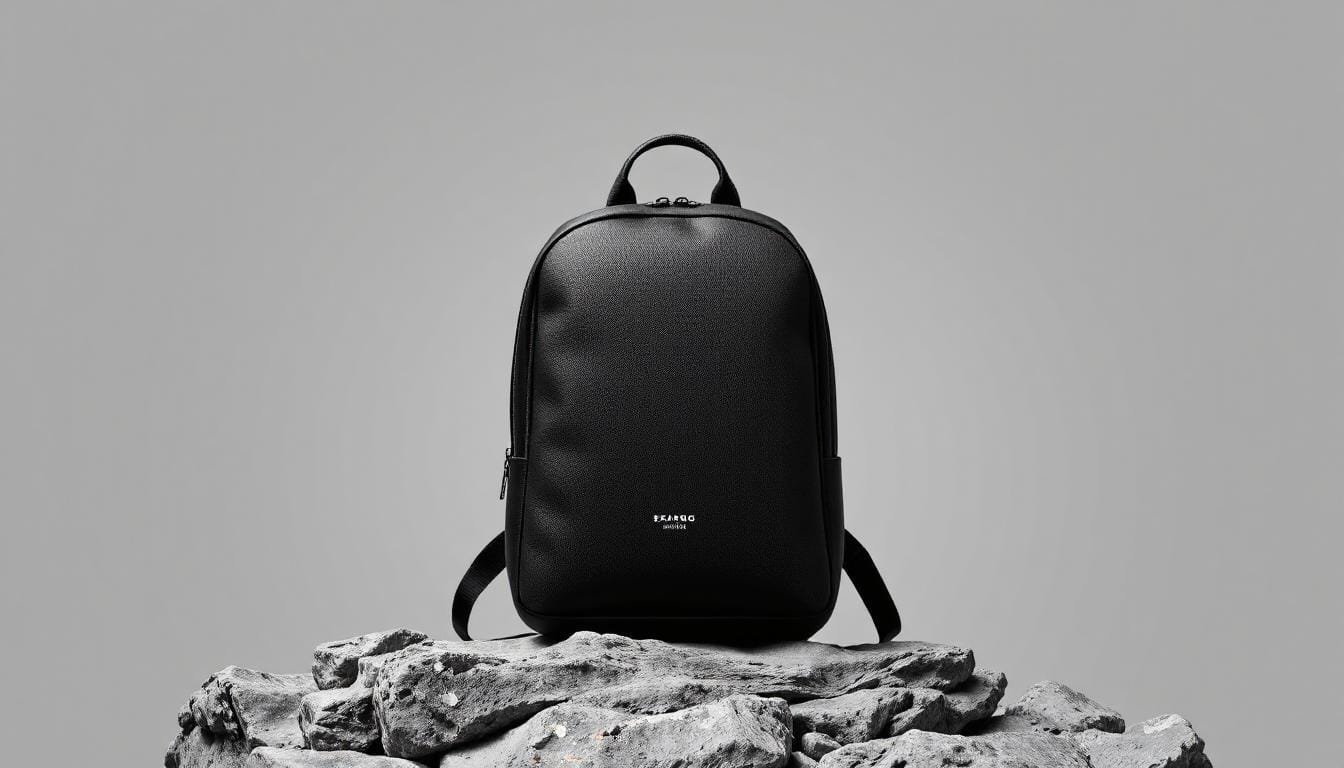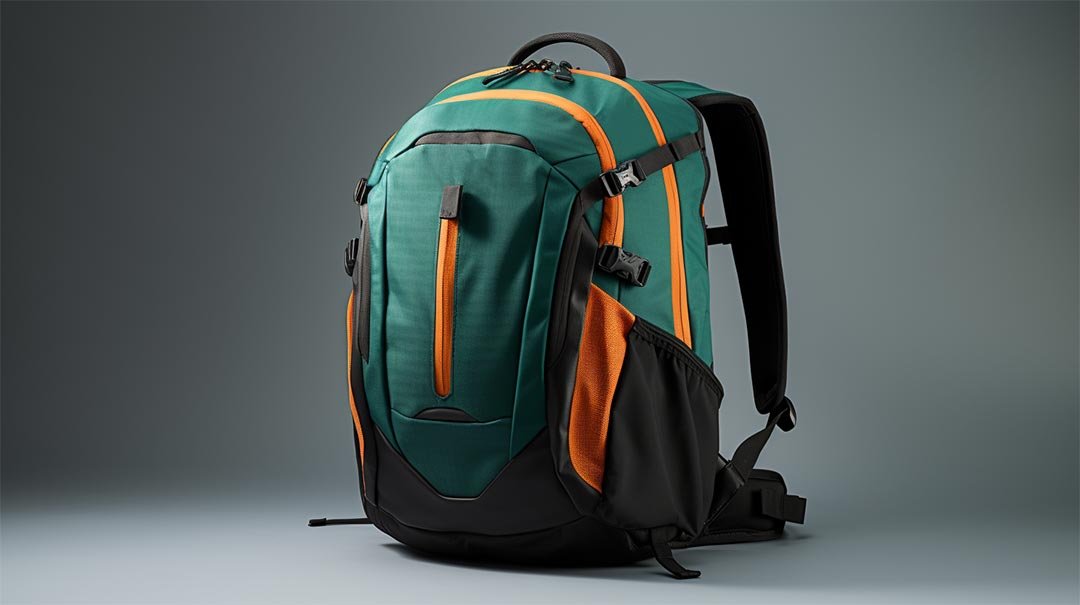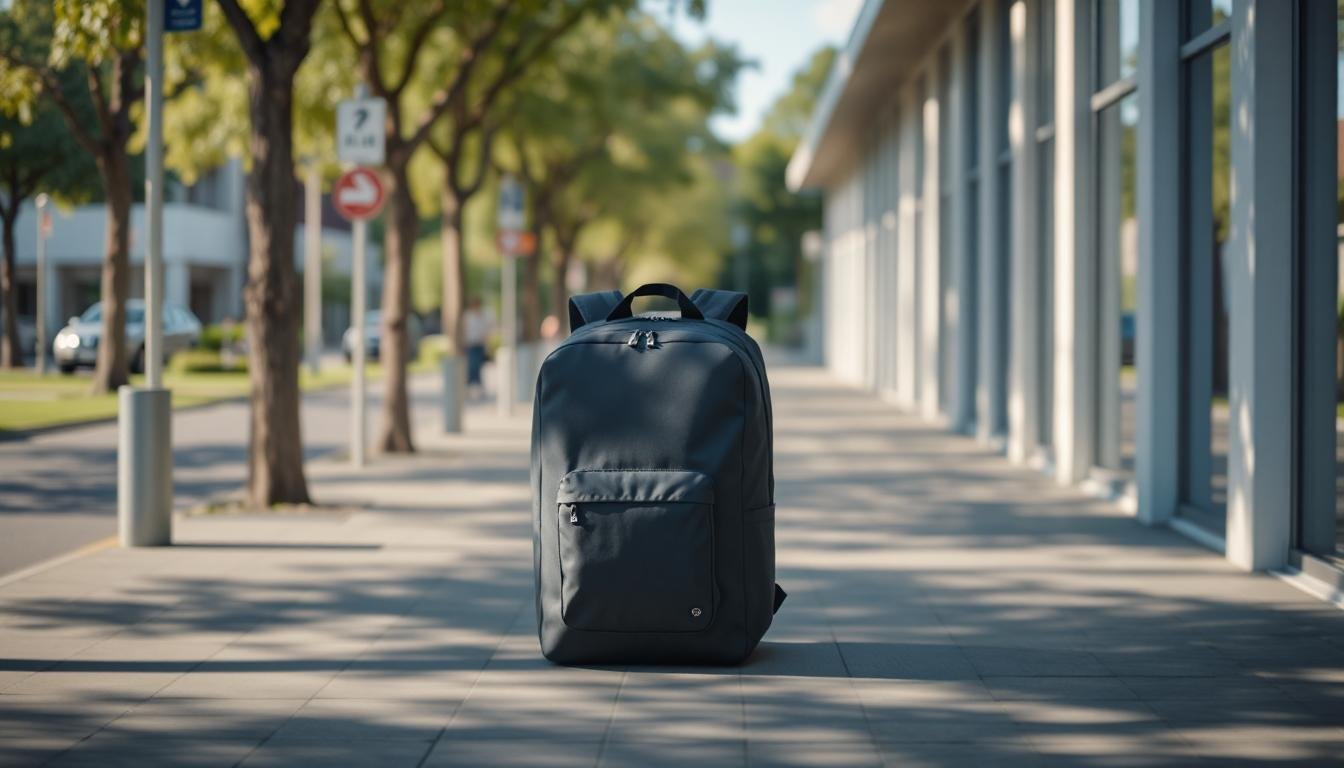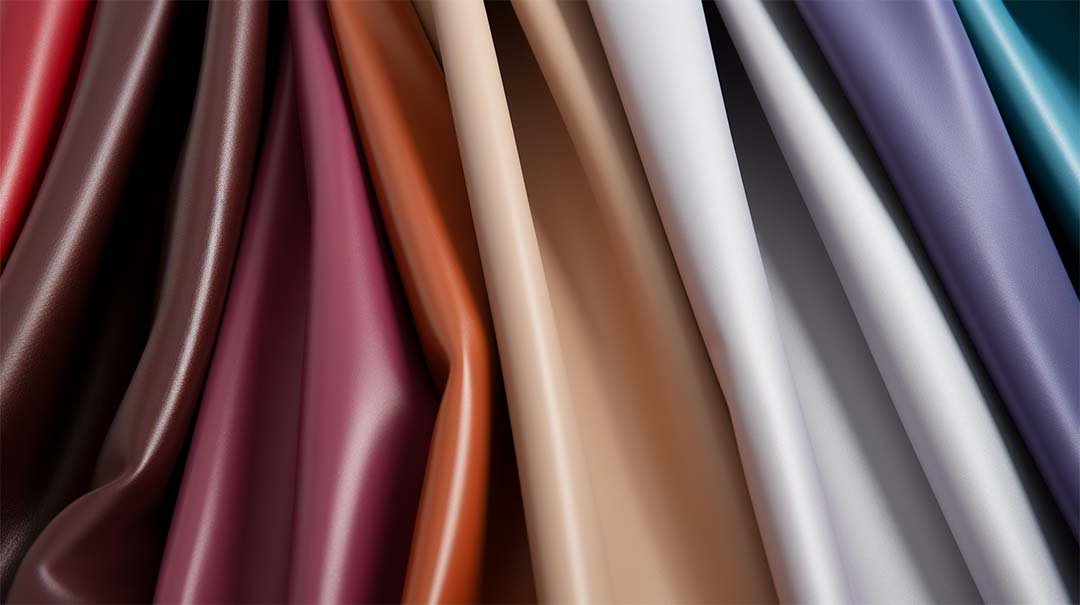Which materials are most commonly used in the production of environmentally-friendly backpacks?
With our planet facing unprecedented environmental challenges, many of us feel compelled to make eco-conscious decisions. And if you’re looking for a new backpack, you might be wondering about its ecological footprint.
Environmentally-friendly backpacks are commonly made from materials like recycled plastics (especially PET bottles), organic cotton, natural fibers such as hemp, sustainable wool, and biodegradable or plant-based materials.
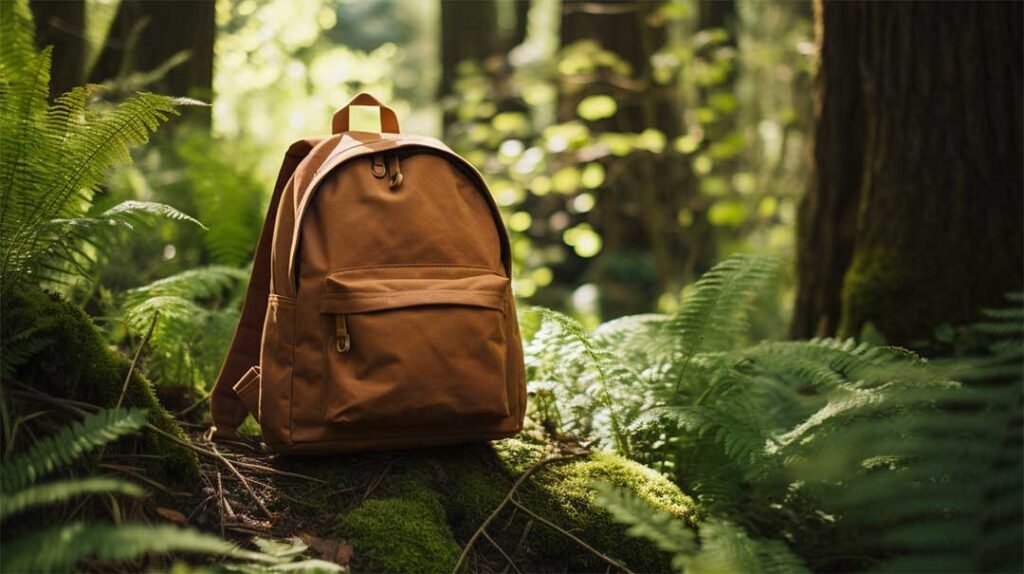
The Increasing Demand for Sustainable Backpacks
Our society’s increased focus on sustainability means that more consumers demand products that don’t harm our planet.
This shift isn’t just a trend; it’s a collective response to a global concern. And who said going green means compromising on style or quality?

Why Environmentally-Friendly Materials Matter
Environmental Impact of Traditional Backpacks
Traditional backpacks often use materials and production methods that are harmful to the environment. Think about the energy-intensive processes, chemical dyes, and non-biodegradable materials. Sounds pretty damaging, right?
Benefits of Using Sustainable Materials
Choosing backpacks made from sustainable materials reduces waste, promotes ethical labor practices, and cuts down on pollution. Plus, it feels good knowing you’re wearing a backpack that’s kind to Mother Earth.

Top Materials for Eco-Friendly Backpacks
Recycled Polyester
Derived from post-consumer plastic bottles, recycled polyester uses significantly less energy and water compared to its virgin counterpart. Your backpack could literally be made from old plastic bottles. How’s that for upcycling?
Organic Cotton
Unlike traditional cotton farming, which uses a ton of pesticides, organic cotton is grown without harmful chemicals. This method is not only safer for the environment but also for the farmers.

Hemp
Why Hemp is Considered Eco-Friendly
Hemp has been a staple in sustainable production for centuries. Requiring minimal water and pesticides, hemp is a superstar material for eco-friendly backpacks.
And no, wearing hemp doesn’t mean you’re walking around with a “sack;” modern hemp backpacks are stylish and durable!
Reclaimed Materials
Innovative Use of Old Materials
Some innovative companies even use discarded items like old seatbelts, airbags, or billboards to make backpacks. It’s the epitome of one person’s trash becoming another’s treasure.

Brands Leading the Way
Companies Prioritizing Sustainability
Brands like Patagonia, Fjällräven, and Tentree have made notable strides in sustainable backpack production. By supporting these brands, consumers actively contribute to a more sustainable future.
Conclusion
In today’s world, where sustainability is not just a buzzword but a necessity, opting for eco-friendly backpack materials is a small step with a significant impact.
Remember, each purchase is a vote for the kind of world we want to live in.
FAQ
Is there a noticeable difference in quality between traditional and eco-friendly backpacks?
Not necessarily. Many eco-friendly backpacks are just as durable and stylish as their traditional counterparts.
Are eco-friendly backpacks more expensive?
While some may have a higher upfront cost due to sustainable materials and ethical production, they often last longer, proving cost-effective in the long run.
How can I verify if a backpack is genuinely eco-friendly?
Check for certifications like GOTS (for organic cotton) or brand transparency regarding their sourcing and manufacturing processes.
Do eco-friendly backpacks require special care?
Not particularly, but always refer to care instructions. Often, washing in cold water and air drying can prolong their life.
Can I recycle my eco-friendly backpack once it's worn out?
It depends on the materials used. Some can be recycled or composted, while others can be upcycled or repurposed.
Every choice we make sends a ripple effect throughout our world. Let’s make choices that lead to waves of positive change.
get in touch with us
About Us
Private Label Backpack Customizer
- tommy.lee@kjoutdoor.com


